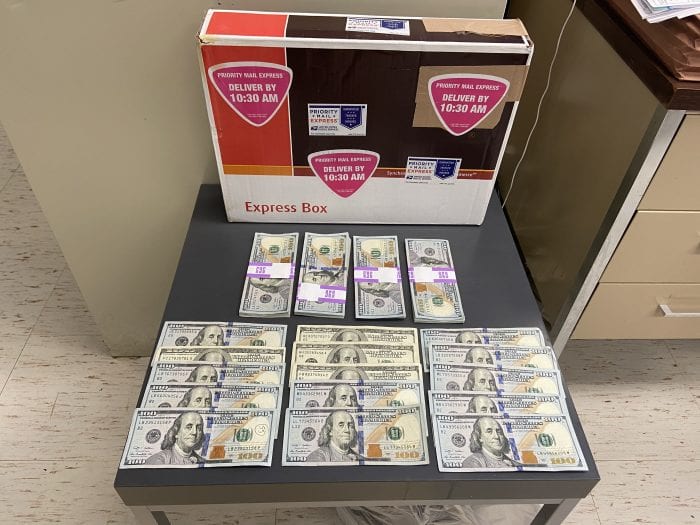At the White House on May 8, the U.S. Postal Service revealed the artwork of a commemorative Forever stamp to celebrate the centennial year of former first lady Barbara Bush’s birth.
The stamp design was unveiled by first lady Melania Trump; Dorothy “Doro” Bush Koch, daughter of Barbara Bush; Alice Yates, CEO of the George & Barbara Bush Foundation; and Judy de Torok, vice president of Corporate Affairs at the Postal Service, according to a press release.
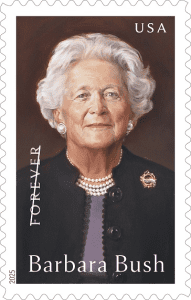 The dedication ceremony for the Barbara Bush stamp will be held June 10 in honor of the 100th anniversary of the former first lady’s birth and the culmination of her centennial year. The event will take place at Ganny’s Garden in Kennebunkport, ME.
The dedication ceremony for the Barbara Bush stamp will be held June 10 in honor of the 100th anniversary of the former first lady’s birth and the culmination of her centennial year. The event will take place at Ganny’s Garden in Kennebunkport, ME.
“Today we recognize Mrs. Bush not only as a beloved first lady, but as a remarkable American in her own right,” said Doug Tulino, acting postmaster general of the Postal Service. “She charted a legacy for herself, and did it with conviction, determination, and compassion.”
Bush Koch spoke on behalf of the Bush family about the stamp and her mother’s lasting commitment to literacy.
“We are deeply honored that the United States Postal Service is paying tribute to our mother with a commemorative Forever stamp,” said Bush Koch. “This special stamp serves as a lasting reminder of Barbara Bush’s enduring love for family and friends, sharp wit and unwavering commitment to solve the problems of today by ensuring that every man, woman and child has the opportunity to read, write and comprehend.”
Barbara Pierce Bush (1925-2018), wife of George H. W. Bush, the 41st president, was first lady of the United States from 1989 to 1993, and mother of George W. Bush, the 43rd president.
Born in New York City, the future first lady grew up in Rye, NY, and attended boarding school in South Carolina. At 16, she met her future husband, George H.W. Bush, at a Christmas dance in Connecticut, where he was on holiday break from a Massachusetts boarding school, and they began corresponding through letters. Eighteen months later, they were engaged.
George and Barbara Bush were married on Jan. 6, 1945. While Mr. Bush was a student at Yale, Mrs. Bush gave birth to their first child, George W., on July 6, 1946. Their second child, daughter Robin, died of leukemia at age 3, devastating the family. Between 1953 and 1959, Mrs. Bush gave birth to four more children: Jeb in 1953, Neil in 1955, Marvin in 1956 and Dorothy in 1959.
The start of her 54 years of campaigning for her family and allies came in 1962 when Mr. Bush ran for chairman of the Harris County, TX, Republican Party. In the following decades, Mr. Bush would go on to become a member of the U.S. House of Representatives, ambassador to the United Nations, chairman of the Republican National Committee, head of the U.S. Liaison Office in the People’s Republic of China, and director of the Central Intelligence Agency before becoming president. In all, the Bushes moved around 30 times as the family followed Mr. Bush’s military, business and political pursuits, with Mrs. Bush always steadfast in support of her husband and children.
After losing the Republican nomination for president in 1980, Mr. Bush was named as Ronald Reagan’s vice presidential running mate. With their victory, Mrs. Bush became second lady. Motivated by her son Neil’s dyslexia, she championed literacy issues. In 1984, Mrs. Bush wrote her first children’s book, “C. Fred’s Story,” told from the perspective of her cocker spaniel, with proceeds going to two national literacy programs.
With Barbara Bush at his side throughout the campaign, Mr. Bush ran for president in 1988, and won the election, becoming president on Jan. 20, 1989.
The Barbara Bush stamp is based on detail from the official 2005 White House portrait, which is part of the White House Collection and appears courtesy of The White House Historical Association. The stamp is being issued in panes of 20. Presale of the Barbara Bush Commemorative stamp began on May 10.
——————————————————–
Customers may purchase stamps and other philatelic products through the Postal Store at usps.com/shopstamps, by calling 844-737-7826, by mail through USA Philatelic or at Post Office locations nationwide. For officially licensed stamp products, shop the USPS Officially Licensed Collection on Amazon.

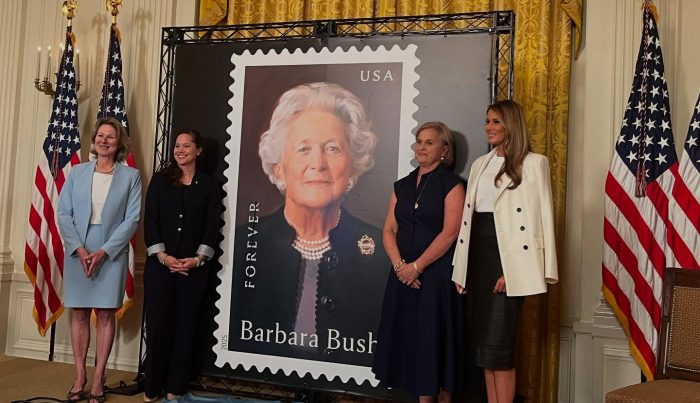

 At a recent kickoff rally at Island Harvest’s Melville headquarters before a group of postal union workers, corporate sponsors, and food bank staff and supporters, Samantha Morales, founder of Branches Long Island, a Middle Island-based social services organization that helps people in need, relayed a story about a first-time client coming in for food assistance.
At a recent kickoff rally at Island Harvest’s Melville headquarters before a group of postal union workers, corporate sponsors, and food bank staff and supporters, Samantha Morales, founder of Branches Long Island, a Middle Island-based social services organization that helps people in need, relayed a story about a first-time client coming in for food assistance.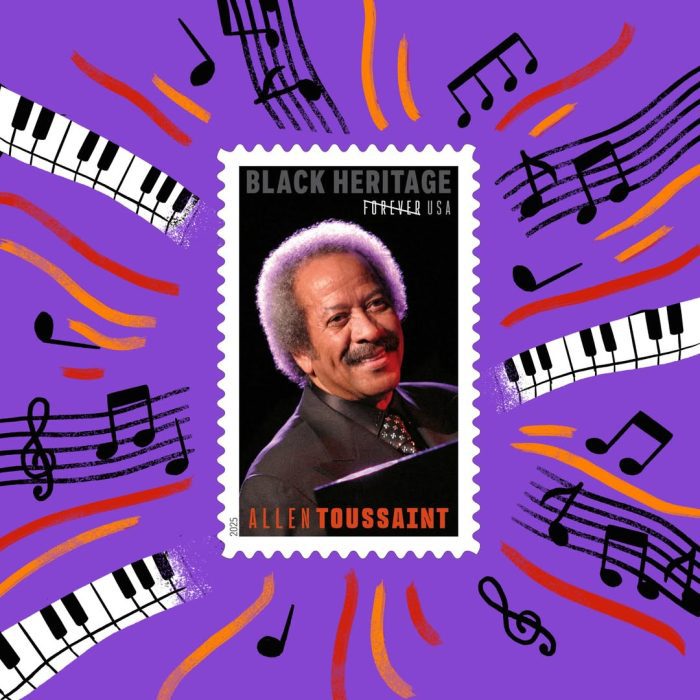

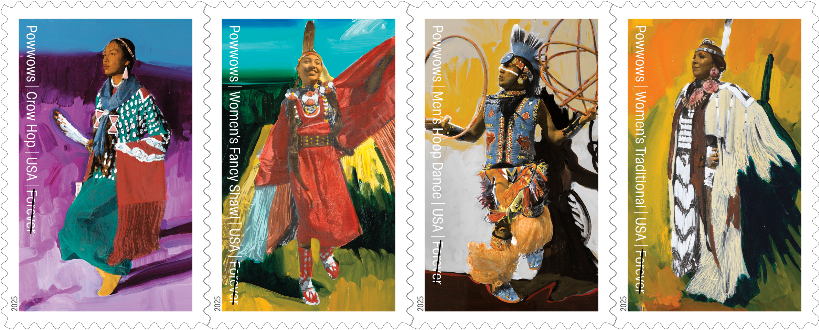
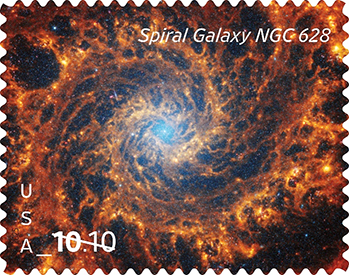
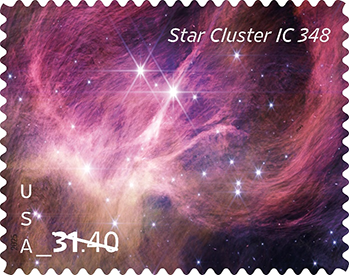

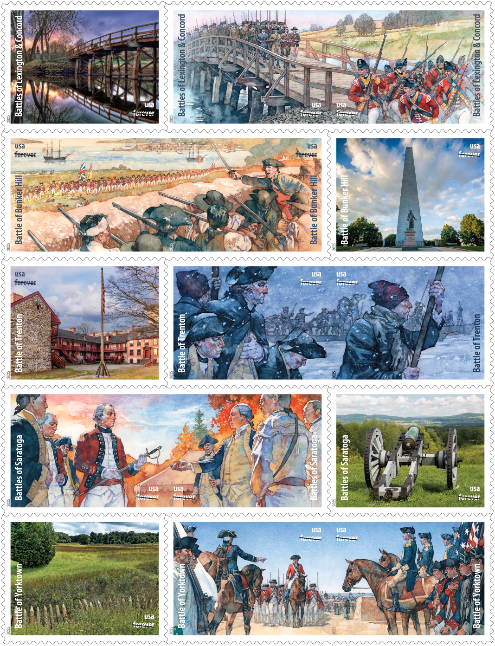

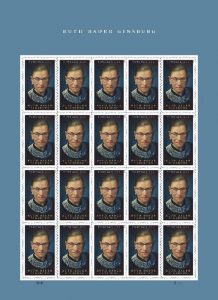 “Justice Ginsburg was an iconic figure who dedicated her life to public service and the pursuit of justice,” said USPS Board of Governors Chairman Roman Martinez IV. “She was a true pioneer, and it is our honor to celebrate her incredible legacy in this way. This stamp serves not just as a tribute but as an inspiration for future generations to uphold the values she fought for.”
“Justice Ginsburg was an iconic figure who dedicated her life to public service and the pursuit of justice,” said USPS Board of Governors Chairman Roman Martinez IV. “She was a true pioneer, and it is our honor to celebrate her incredible legacy in this way. This stamp serves not just as a tribute but as an inspiration for future generations to uphold the values she fought for.”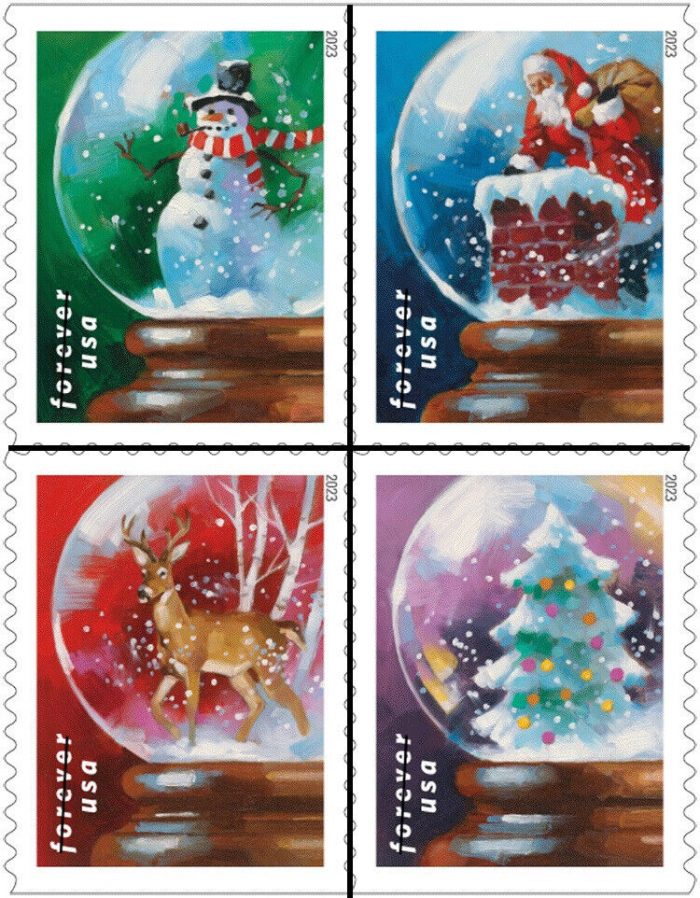



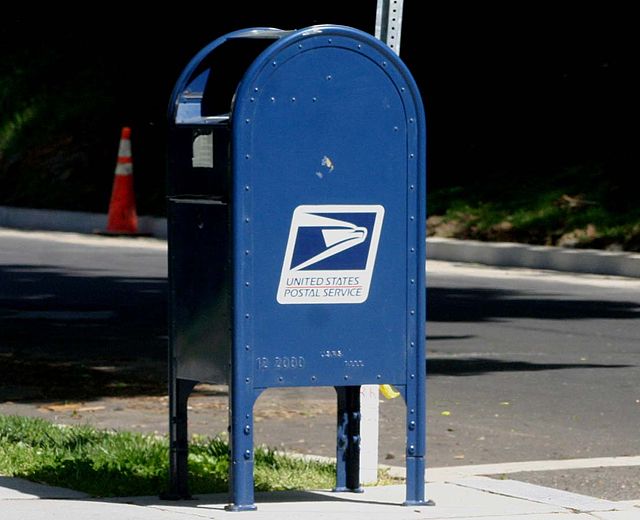
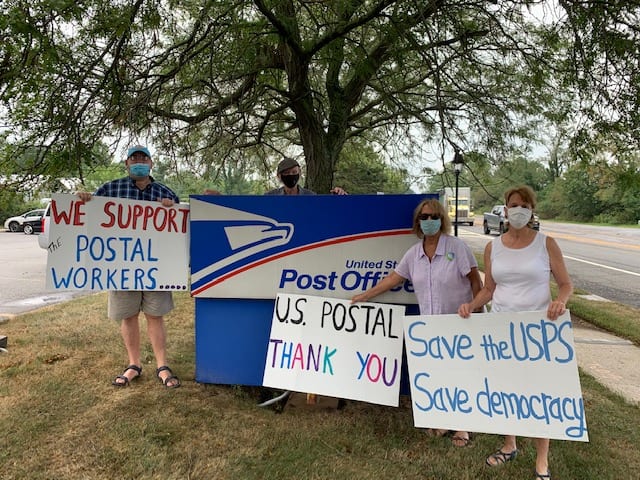
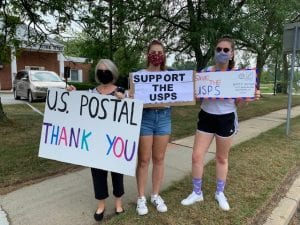 About two dozen people took part in the hour-long demonstration, titled, Sound the Alarm: Attacks on the USPS Threaten Our Democracy. Several protesters went inside the post office to thank the postal workers and to deliver a message directly to the postmaster.
About two dozen people took part in the hour-long demonstration, titled, Sound the Alarm: Attacks on the USPS Threaten Our Democracy. Several protesters went inside the post office to thank the postal workers and to deliver a message directly to the postmaster.